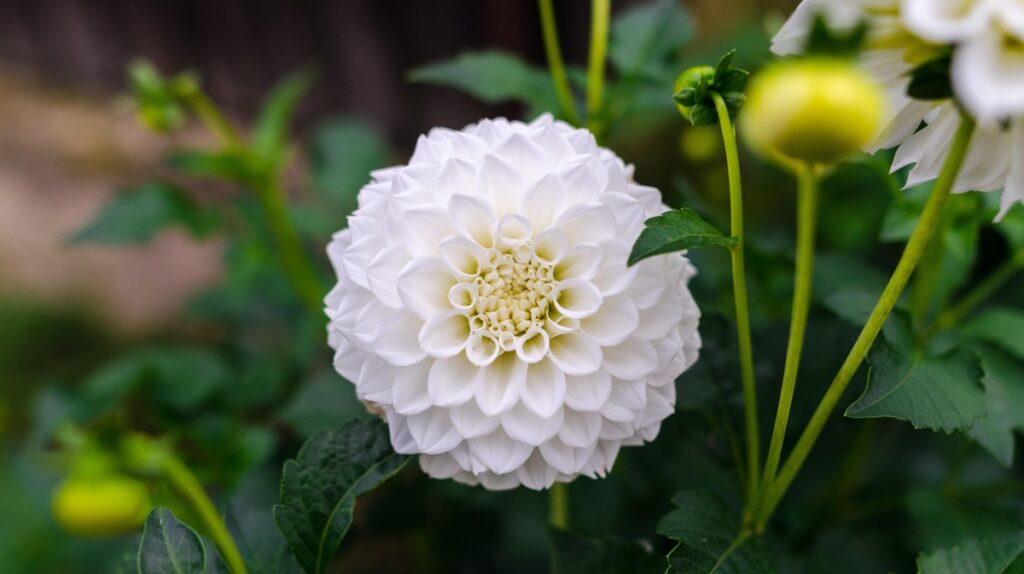If you’re building a garden for the first time, selecting the right flowers to plant will be a major consideration. As a gardener who’s been there and done that, I’m aware that this can get a little overwhelming the more you think about it.
It doesn’t have to be, though. With the right tips and considerations, which I’ll be sharing in this article, you’ll be able to select the perfect flowers to make your garden look like it was grown by an expert.
-
Consider Your Garden’s Location
 .
.The amount of sunlight, shade, and moisture in your garden affects the types of flowers that will thrive. If your garden gets a lot of direct sunlight, you will be better off with flowers that love the sun, such as marigolds or sunflowers. If your garden is mostly shaded, try planting impatiens or hostas. And if your garden tends to be damp, consider water-loving flowers like astilbes or irises.
-
Think About How Much Space You Have
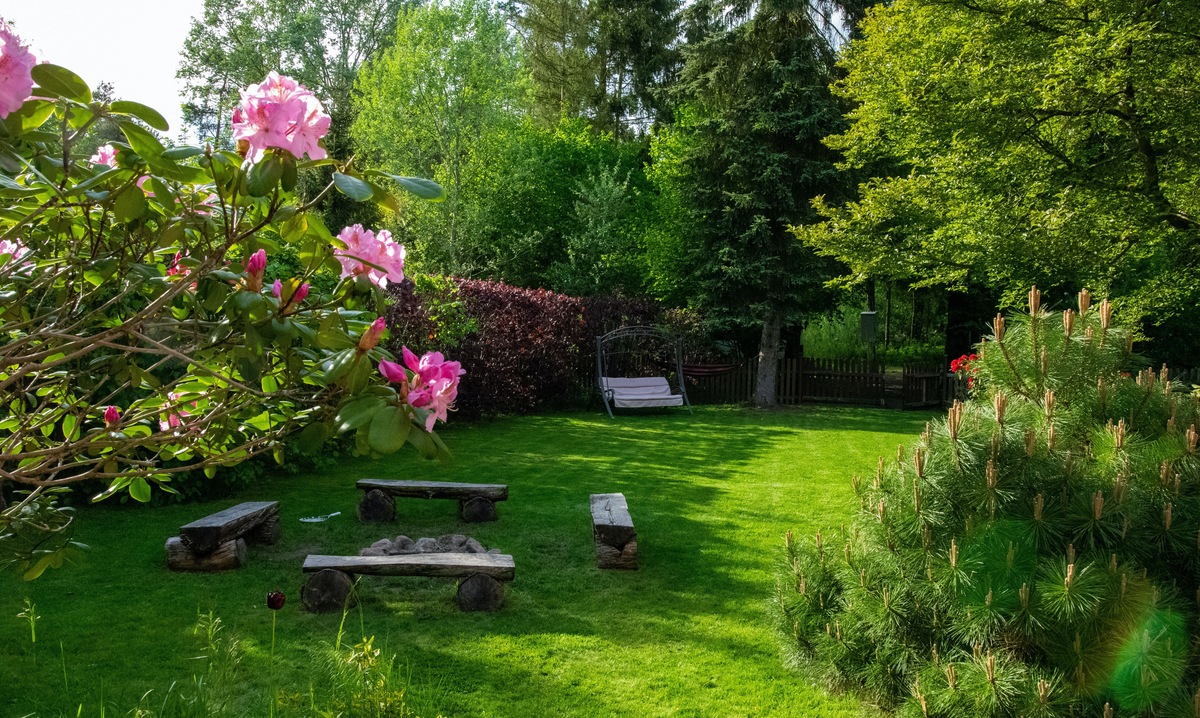
The size of your garden will help determine the number of flowers you need, how they should be arranged, and how much space they should take up. Here are some tips for assessing the size of your outdoor space:
Measure the area: Take measurements of the length and width of your garden to determine the total square footage. This will give you an idea of how much space you have to work with.
Consider the shape: Is your garden long and narrow or wide and shallow? The shape of your garden will influence how you arrange your flowers and the types of flowers you choose.
Look for focal points: Identify any existing focal points in your garden, such as trees, hedges, or statues. These will help guide your flower placement and determine how much space you have to work with.
Plan for pathways: Don’t forget to factor in any pathways or walkways in your garden. You’ll want to make sure there is enough space for people to walk comfortably and safely around your flowers.
-
Determine Your Garden’s Purpose
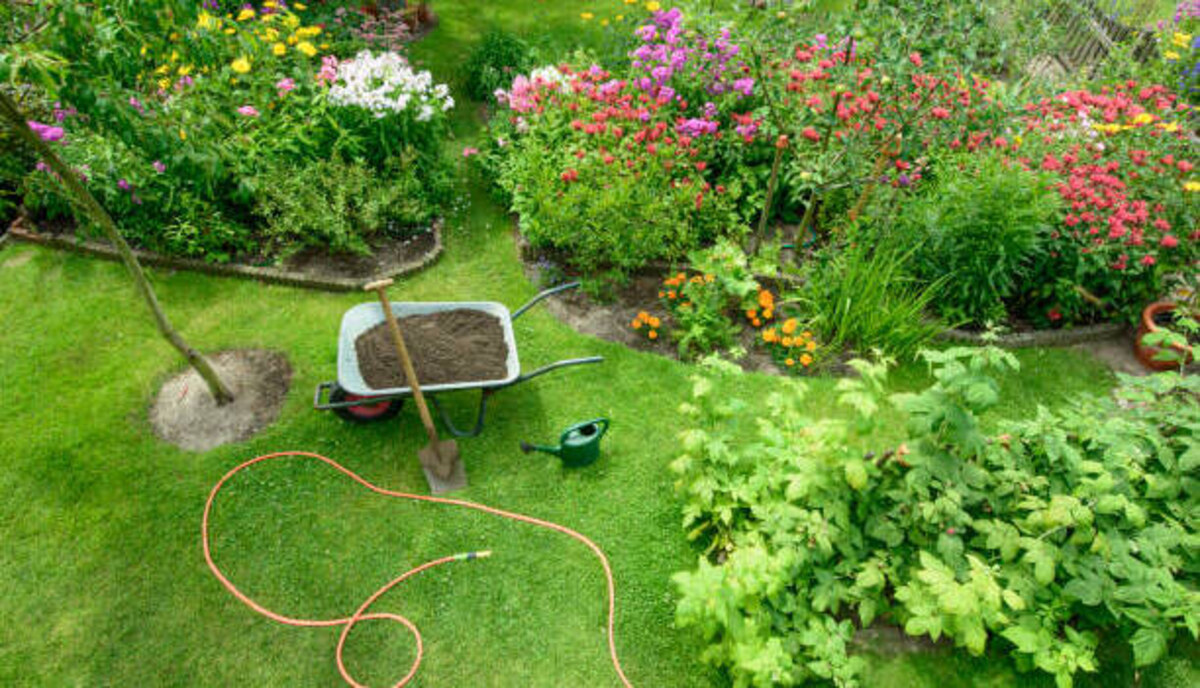
Next, think about the purpose of your garden. Is it a place for relaxation, entertainment, or maybe a wildlife habitat? Different flowers can help you achieve different goals. If you want a calming oasis, try planting lavender or chamomile. If you’re looking to attract pollinators and birds, consider planting wildflowers or sunflowers. And if you want a garden for entertaining, try planting colorful annuals like petunias or zinnias. Keep your garden’s purpose in mind when choosing your flowers.
-
Select a Garden Style

The style and aesthetic you envision will influence the types of flowers you choose as well as the layout and design of your garden. Here are some popular garden styles to consider:
Cottage Garden: Cottage gardens are known for their informal, whimsical style. These gardens are often filled with a mix of flowers, herbs, and vegetables. Some popular flowers for a cottage garden include roses, peonies, daisies, and lavender.
Formal Garden: Formal gardens are characterized by their neat, geometric shapes and formal plantings. They often feature hedges, topiaries, and symmetrical flower beds. Flowers you would typically see in a formal garden include roses, tulips, and lilies.
Zen Garden: This style emphasizes simplicity, tranquility, and balance. Zen gardens often feature rocks, sand, and carefully pruned shrubs, with flowers used sparingly for accent.
Modern Garden: A modern garden is characterized by a minimalist, sleek design with clean lines and a focus on texture and form. Flowers in a modern garden are often selected for their bold colors and sculptural shapes. Think succulents, grasses, and other low-maintenance plants.
Native Garden: A native garden is designed to feature plants that are native to your region, providing a natural and low-maintenance landscape. These gardens typically require less watering, fertilizing, and pest control since the plants are adapted to the local climate and soil.
-
Choose Colors
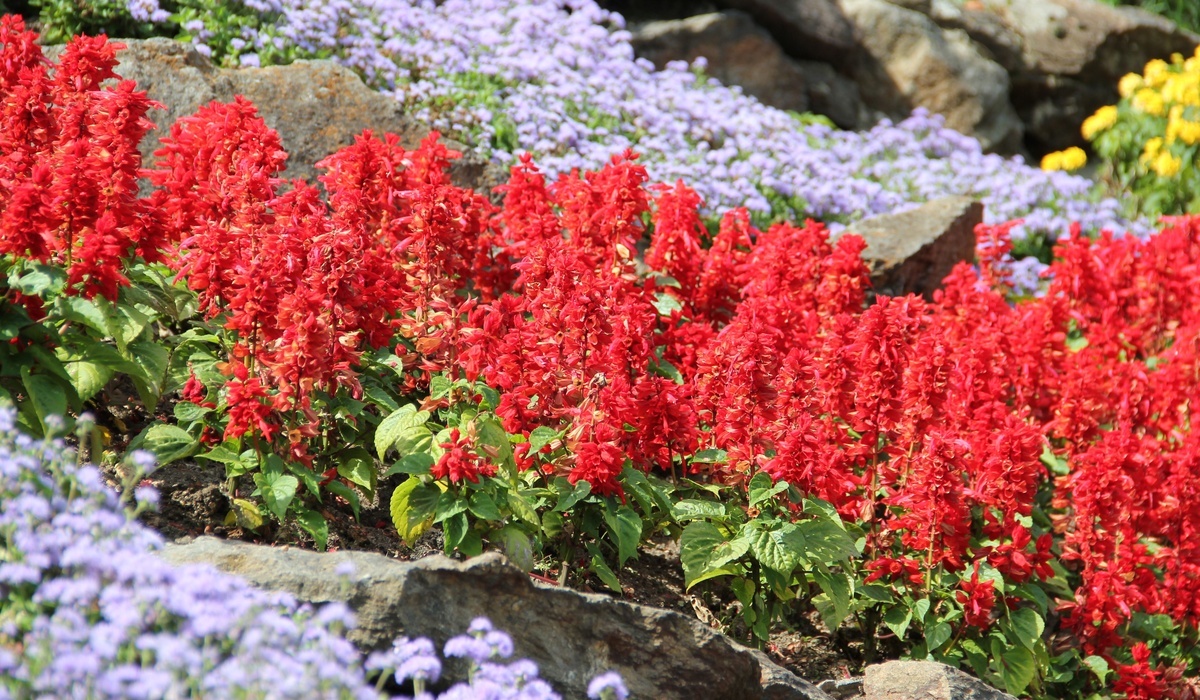
Flower colors can evoke different moods and emotions in a garden, so you want to choose colors that work well together. For example, red and orange flowers can create a warm, inviting atmosphere, while blue and purple flowers can create a cool, calming effect. If you’re not sure which colors to choose, try using a color chart or looking up color schemes online. You can also consider the colors of your home’s exterior and your personal style when making your choices.
-
Think About Height and Size

The height and size of your flowers will affect the overall look of your garden. Tall flowers like hollyhocks or delphiniums can add height and drama, while shorter flowers like pansies or daisies can create a more compact, neat appearance. When choosing your flowers, consider the size and shape of your garden beds and try to choose a mix of tall, medium, and short flowers that work well together.
You should be conscious of a plant’s mature size, as you don’t want your plants to crowd themselves or spill out of their beds too much.
-
Consider the Season
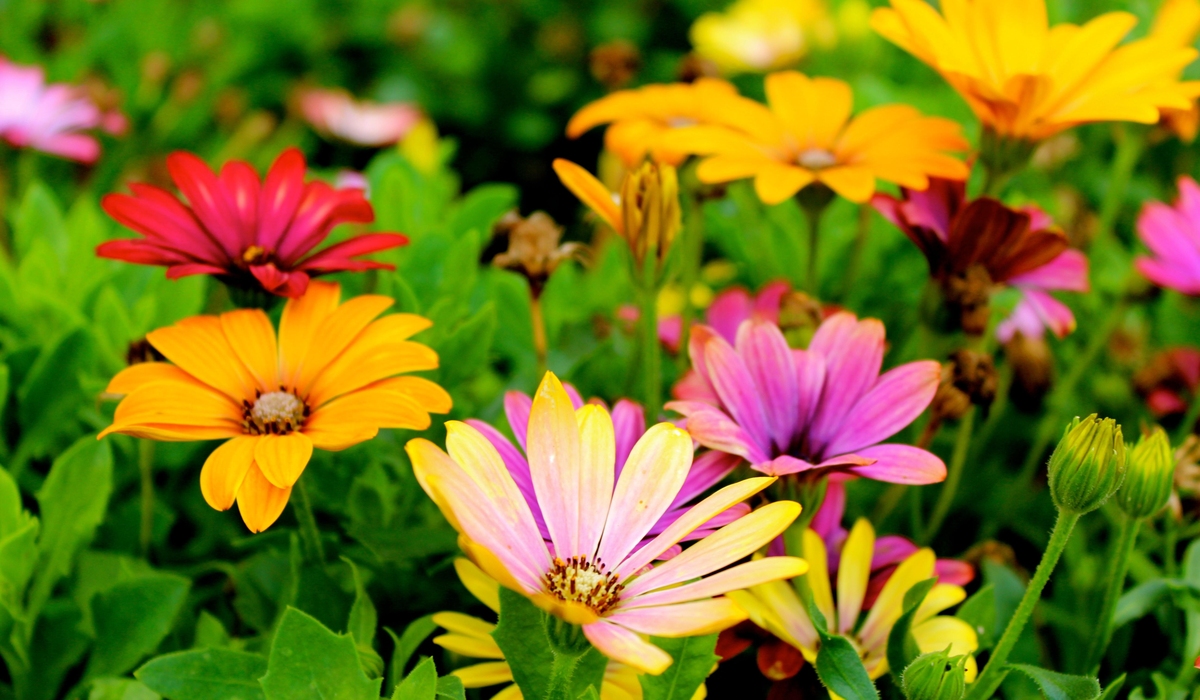
Different flowers bloom in different seasons, so it’s important to choose a variety of flowers that bloom at different times. This will help keep your garden looking fresh and vibrant throughout the year. For example, tulips and daffodils bloom in the spring, while lilies and dahlias bloom in the summer. If you’re not sure which flowers bloom when, try looking up a seasonal flower chart or asking for advice at your local nursery.
-
Don’t Forget Maintenance

Some flowers require more care than others, so choose flowers that fit your lifestyle and level of commitment to gardening. If you’re a busy person or a beginner, try planting low-maintenance flowers like marigolds or daylilies. If you have more time to dedicate to your garden, then you might be safe with high-maintenance flowers like roses or orchids.
So there you have it. These tips should help you create the outdoor space of your dreams. But always remember that picking the plants for your garden is only the first step; you need to have proper weed control and maintenance habits in place if you want a truly sustainable garden.

